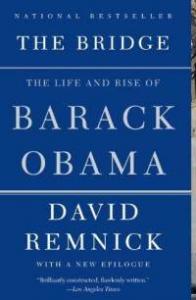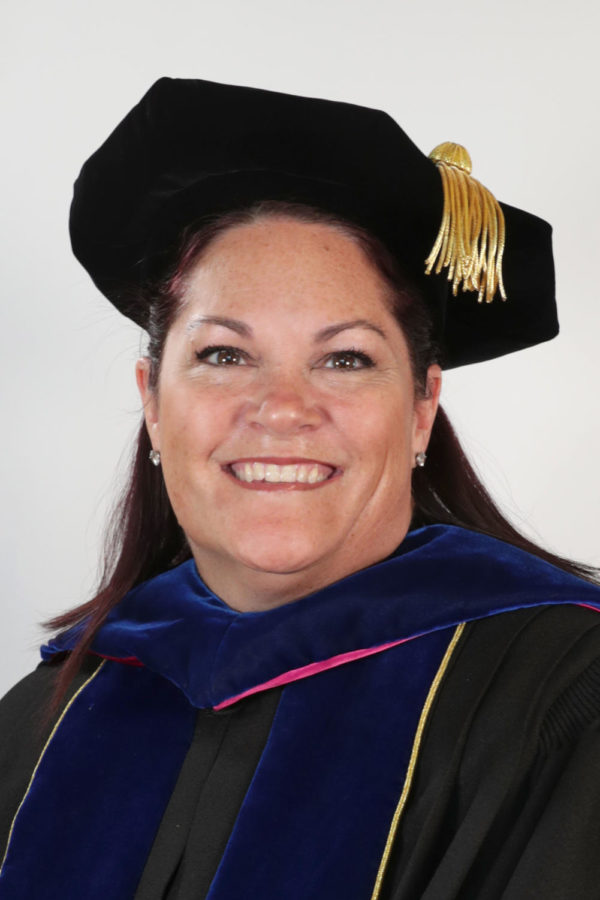 Tower.com photoSpanning not only Barack Obama’s political life but also his personal life, David Remnick begins with Obama’s origins and ends with the political world of 2010 in his biography “The Bridge: The Life and Rise of Barack Obama.”
Tower.com photoSpanning not only Barack Obama’s political life but also his personal life, David Remnick begins with Obama’s origins and ends with the political world of 2010 in his biography “The Bridge: The Life and Rise of Barack Obama.”
Remnick starts with the story of Obama’s father, tracing his origins to Africa and the program that transported him to the U.S. for a college education. While in Hawaii, Obama’s father met his mother, a white woman raised in the continental U.S., and they had Barack.
By now, the majority of the American public knows about Obama’s family history and his ethnicity, but Remnick labors on to discuss his elementary and high school days, describing Obama’s likes and dislikes, complete with interviews with Obama’s friends and teachers.
He then writes about Obama’s rise in the ranks at Occidental College, Columbia University and Harvard University, introducing the leader in Obama when he talks about Obama becoming president of the Harvard Law Review.
The second half of the book is dedicated to Obama work as a community organizer, his time in the Senate, and his sequential presidential race.
Remnick also talks about the history of U.S. civil rights and the people who prepared the way for Obama, including Bobby Rush, Malcolm X, and other black as well as white politicians.
An intense chapter of the book talks about the competition between Obama and Hillary Clinton to capture the Democratic nomination, including the unforeseen problems in Clinton’s campaign and other things that helped Obama to win the majority needed to become the nominee.
The rest of the book explains his presidential race and what he has done as president thus far in his first two years.
Remnick’s biography is extremely informative and has numerous sources, including Obama himself, which lends a kind of credibility to the account that gives the reader the sense that they themselves are speaking with Obama.
His book shows off the professional as well as the personal side of Obama, from how he decorated the Oval Office to his feelings on race and education.
Throughout the biography there is the feeling that the United States is on the brink of something awesome and new, and that Obama is not only part of it, but also the embodiment of it.
Remnick ends on an opposite note, describing the loss of the Democratic majority and what that means for the Obama Administration: “At least for the moment, politics in America seemed at a rude standstill. Obama’s ‘story’ would not help him now. The liberal prospect, which had seemed so broad in 2008, had suddenly narrowed.”
One would like to believe, however, that the future remains broad and that anything can be done with hope, something that Obama himself believes in in his book, “The Audacity of Hope: Thoughts on reclaiming the American Dream.”




